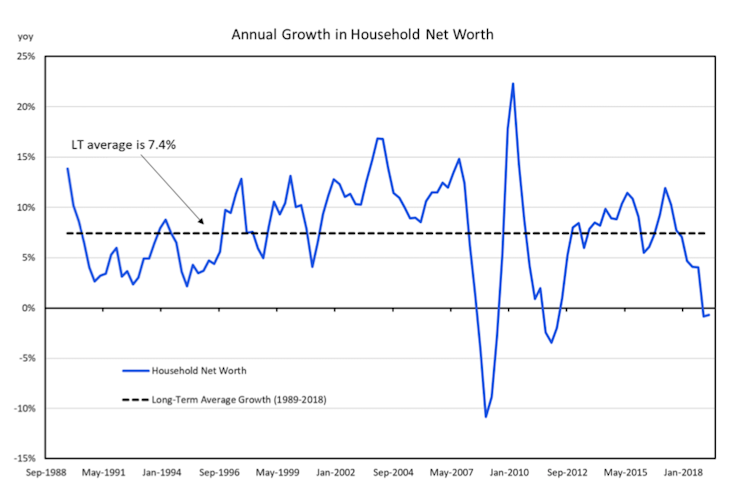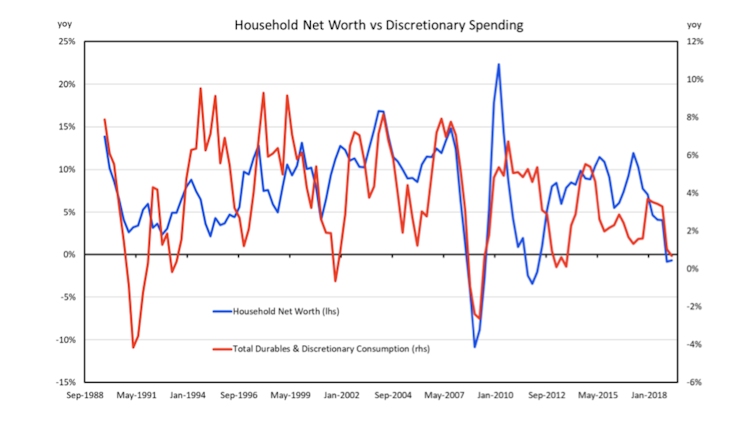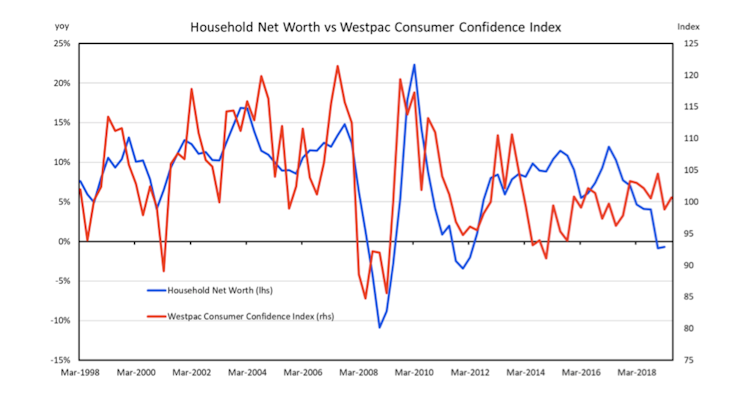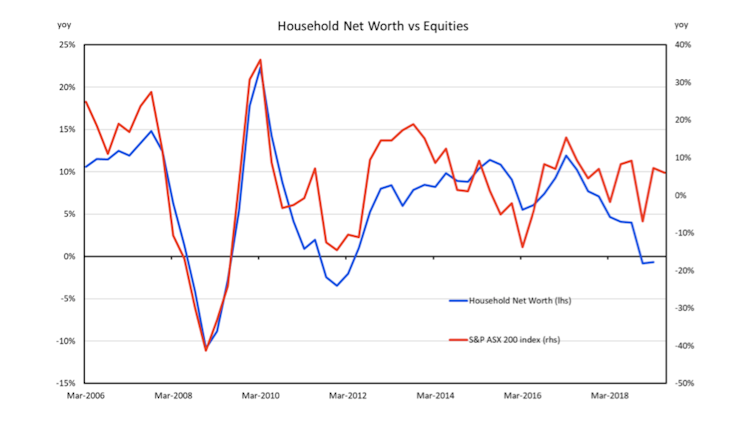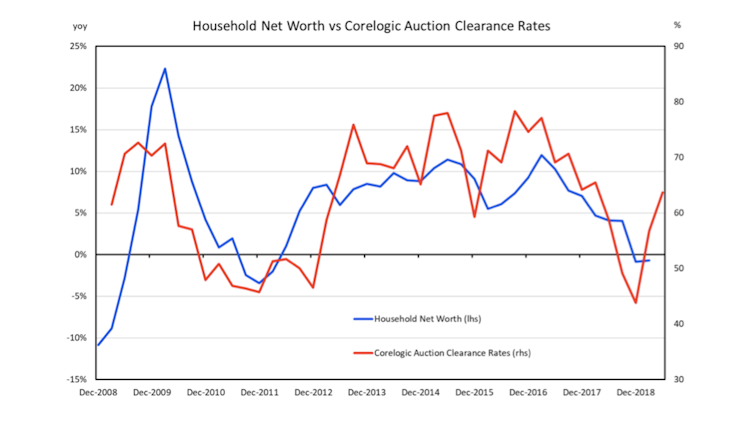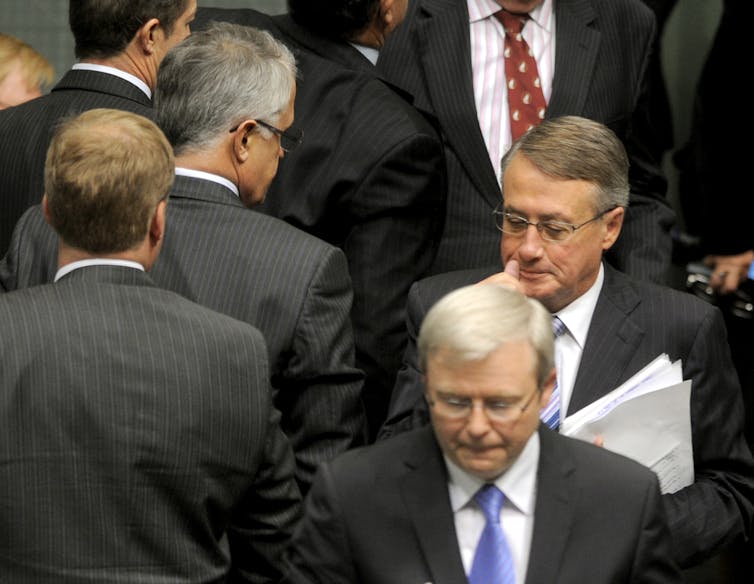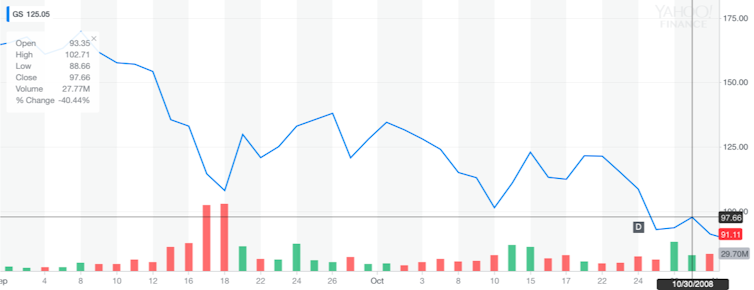
aldegonde/Shutterstock
Peter Martin, Crawford School of Public Policy, Australian National UniversityWe got an awful lot right during the COVID crisis — an awful lot that we couldn’t have got right just a few years earlier.
Which is another way of saying we were incredibly lucky.
Had COVID attacked during the 1980s there would have been no way to make a messenger RNA vaccine, not even for animals.
The national broadband network wouldn’t have been thought of. It wasn’t complete until 2020.
Even three years earlier, in 2017, the NBN reached only half of Australia’s 10 million households.
Had COVID struck then, before the broadband network was complete, working from home, telehealth and home schooling might have been impossible for many Australians, with devastating educational and other consequences.
And had it struck just a few years earlier still, we wouldn’t have learnt from the global financial crisis.
War Games
Australia’s handling of the GFC was exemplary, as evidenced by the fact that in much of the rest of the world it isn’t called the GFC, but The Great Recession.
Getting that crisis right owed something to a happy accident, as Ken Henry, head of the treasury at the time, explained on Monday at a seminar organised by the Institute of Public Administration.
A few years before the crisis in 2004 he was sitting in a room with senior officials discussing “some macroeconomic topic” when his deputy Martin Parkinson, sitting on his right, poked him with his left elbow.
“Martin said: you know it’s just occurred to me that you and I are probably the only people in this room who have ever experienced a recession — maybe we should have a workshop on that, what we would do if there was another crisis”.
The early 1990s recession was handled badly
Parkinson and treasury secretary Henry had worked for the Hawke and Keating governments during the early 1990s recession which scarred the Australians who it threw out of work for a decade.
In a series of “war games” held away from the treasury building, they and other officials determined that next time they should advise the government to quickly abandon budget discipline and fight what was coming with overwhelming force.
As Henry put it: “no matter how great the importance of fiscal discipline in establishing policy credibility, it is nothing compared to the loss of credibility associated with a recession”.
If the treasury didn’t tell the government this, the government would catch on anyway and sideline it for advisers who would.

Isabelle Franklin
“I came out of those discussions determined that if Australia were to confront a large negative shock during my tenure as secretary, the treasury would seek to put itself front and centre in advising the government,” Henry said.
“We would not be taking seats in the back row by counselling a government to rely on monetary policy, the exchange rate, or automatic stabilisers.”
As for the idea of “proportionate response”, which was still being counselled by some in the early stages of COVID last year, Henry said the word “proportionate” could be applied to a response, but never to preemption.
Preemption is not proportionate
“If you want to preempt something, you don’t talk about being proportionate,” he said. “I remember some commentators saying you should wait until you see the ‘whites of the eyes’ before taking action. “I wouldn’t know what action to take at that stage, presumably it would be to run as fast as you could, I just don’t know.”
The key thing was to get money into Australian’s hands immediately. Spending on infrastructure (spending on almost anything other than households) would take too long.
During the financial crisis Labor got money into households’ hands by handing out cheques. During COVID the Coalition did it by doubling benefits and routing payments through employers and calling them JobKeeper.
Bandwidth matters
Henry, and David Tune who was in the department of prime minister and cabinet at the time and later headed the department of finance, told the conference that attempting to do other things while getting money out the door got in the way, among them insulating homes and building school halls.
Governments have limited “bandwidth” or “thinking space”, and during the GFC the Rudd government was also considering taking over hospitals, taxing carbon, reforming the tax system and building the NBN.
The Morrison government seems to have learnt that lesson, but it doesn’t seem to have learnt another, which is that the Commonwealth isn’t good at managing projects.
The Commonwealth can’t run projects…
Whether it’s vaccinations or quarantine or insulating homes, projects are best managed by state governments who have actual experience of running things.
Another important lesson, reinforced during COVID is that in practical terms the ability of the Reserve Bank to support the government in keeping a recession at bay might be unlimited.
The Reserve Bank deputy governor at the time Malcolm Edey told the conference that the next step after low interest rates and buying government bonds is direct “money-financed fiscal expansion”, where the bank creates money for the government to spend.
…but its financial power is unlimited
With all of the government’s borrowing now in Australian dollars, and most private overseas borrowing effectively in Australian dollars because it has been hedged against exchange rate movements, and with the debt ceiling gone, there’s no limit to the force and speed with which the government can stave off a recession.
The current treasury secretary Steven Kennedy conceded that in one way fighting the COVID recession had been easier than fighting the GFC.
COVID had a clear start date. The GFC had a rolling series of starts that made it hard to be sure the worst hadn’t passed.
Read more:
Frydenberg spends the bounty to drive unemployment to new lows
And perhaps because of that, we discovered what Australians can do.
Treasury Deputy Secretary Meghan Quinn praised the banks for deferring payments on $250 billion of loans, Coles and Woolworths for working together to stock each other’s stores and the private and public health systems for working together in a way that wouldn’t have been thought possible before the pandemic.
We read the GFC playbook, then went further.![]()
Peter Martin, Visiting Fellow, Crawford School of Public Policy, Australian National University
This article is republished from The Conversation under a Creative Commons license. Read the original article.

